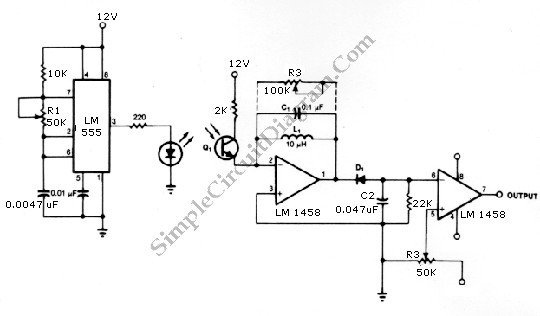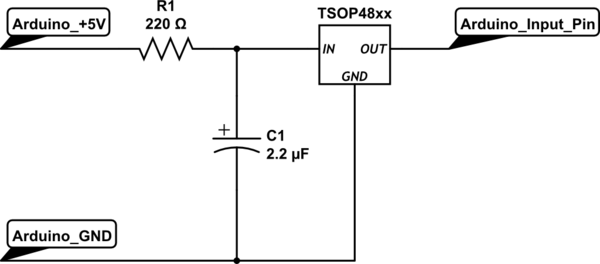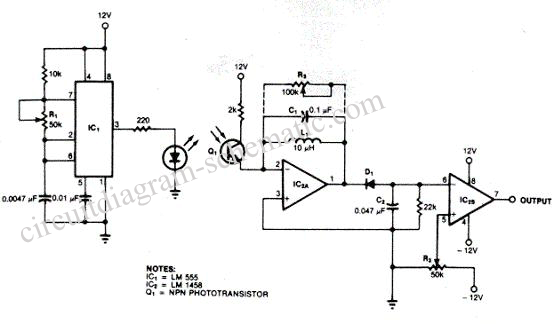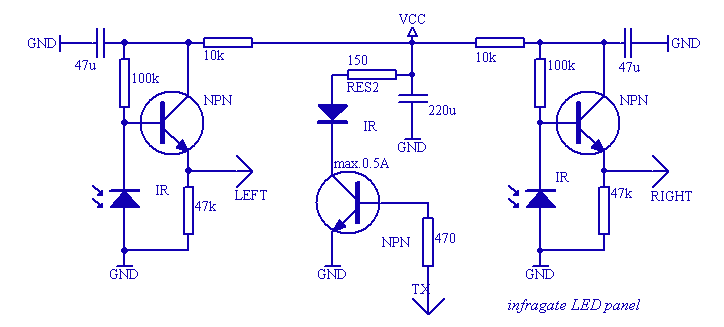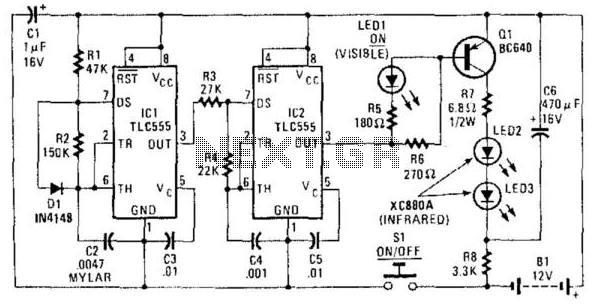
Infrared Fire-Cracker Igniter
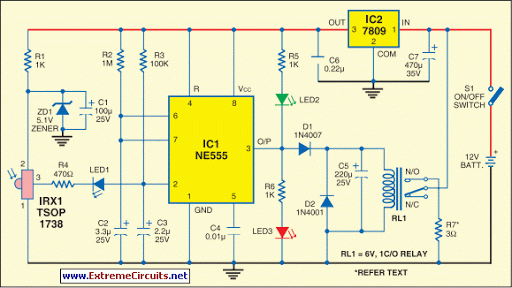
Firecrackers are typically ignited using a matchstick or a candle. It is important to move away quickly after lighting the fuse of the firecracker. This method..
Firecrackers operate on the principle of rapid combustion, which produces a loud noise and often a visual display. The ignition process typically involves a fuse that is lit using an external flame source, such as a matchstick or candle. Once the fuse is ignited, it burns towards the explosive charge contained within the firecracker.
The fuse serves as a safety mechanism, allowing the user to distance themselves from the explosive device before detonation. The combustion reaction is initiated by the heat generated from the burning fuse, which ignites the pyrotechnic materials inside the firecracker. These materials may include a mixture of oxidizers, fuels, and color-producing compounds, which create the desired effects upon explosion.
It is essential to handle firecrackers with caution due to the inherent risks associated with explosives. Proper safety protocols should be followed, including maintaining a safe distance after ignition and ensuring that firecrackers are used in open areas away from flammable materials and structures. Additionally, users should be aware of local regulations regarding the use of fireworks to ensure compliance with safety standards.Firecrackers are normally ignited by using a matchstick or a candle. You have to run away quickly after igniting the fuse of the firecracker. This method.. 🔗 External reference
Firecrackers operate on the principle of rapid combustion, which produces a loud noise and often a visual display. The ignition process typically involves a fuse that is lit using an external flame source, such as a matchstick or candle. Once the fuse is ignited, it burns towards the explosive charge contained within the firecracker.
The fuse serves as a safety mechanism, allowing the user to distance themselves from the explosive device before detonation. The combustion reaction is initiated by the heat generated from the burning fuse, which ignites the pyrotechnic materials inside the firecracker. These materials may include a mixture of oxidizers, fuels, and color-producing compounds, which create the desired effects upon explosion.
It is essential to handle firecrackers with caution due to the inherent risks associated with explosives. Proper safety protocols should be followed, including maintaining a safe distance after ignition and ensuring that firecrackers are used in open areas away from flammable materials and structures. Additionally, users should be aware of local regulations regarding the use of fireworks to ensure compliance with safety standards.Firecrackers are normally ignited by using a matchstick or a candle. You have to run away quickly after igniting the fuse of the firecracker. This method.. 🔗 External reference
